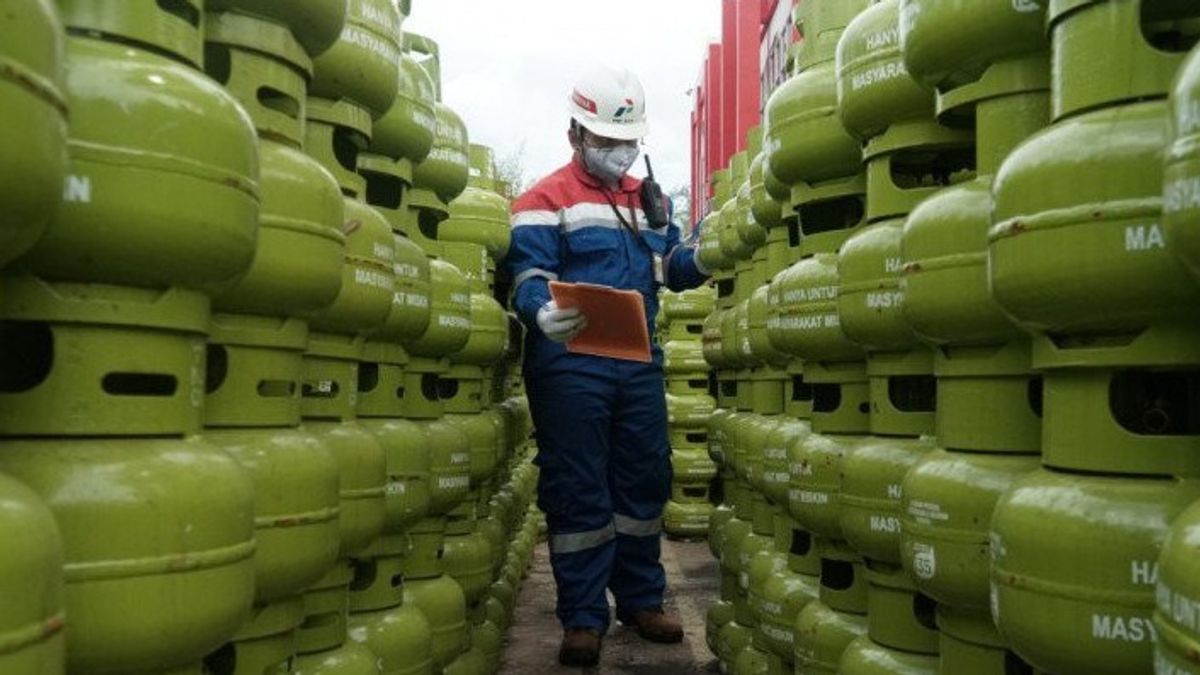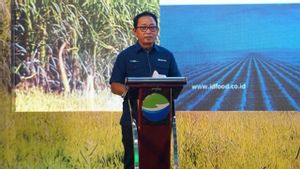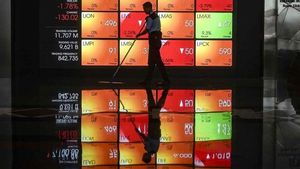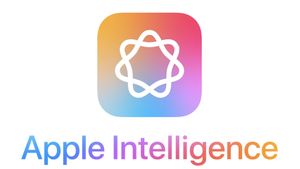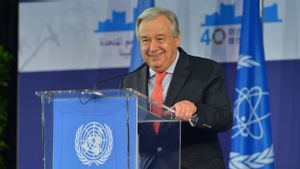JAKARTA - Executive Secretary of the National Team for the Acceleration of Poverty Elimination (TNP2K) Suprayoga Hadi said that the distribution of LPG direct subsidies in the form of non-cash to beneable recipients supports the distribution of aid more targeted.
"So that every month we can determine the amount and also transfer it from the central government to beneficiaries directly, including being integrated with other assistance and subsidies," Suprayoga said in a Public Discussion: Energy and Poverty Subsidies, quoted from Antara, Wednesday, March 8.
Suprayoga, who is also Deputy for Human Development Policy Support and Equitable Development of the Vice Presidential Secretariat, said that subsidies are directly given in the form of non-cash to households or entitled families such as farmers and fishermen so that they can really be used to reduce the burden on people's expenses.
He said the energy subsidies including LPG subsidies and fuel oil (BBM) that had been allocated were relatively not on target except for electricity subsidies so that they did not have an impact on reducing poverty and inequality.
Meanwhile, social assistance groups such as the Family Hope Program (PKH), the Smart Indonesia Program (PIP) and Non-Cash Food Assistance (BPNT) tend to have an impact on reducing inequality. Micro Business Productive Assistance (BPUM) also tends to be right on target and has an impact on reducing inequality.
Based on data from the 2021 National Socio-Economic Survey (Susenas) of the Central Statistics Agency processed by TNP2K, 40 percent of households with the lowest socio-economic conditions only enjoy 33.1 percent of LPG subsidies, while 66.9 percent are enjoyed by more capable groups.
According to him, the Targeting Data for the Acceleration of the Elimination of Extreme Poverty (P3KE) can be used as a reference to channel LPG subsidies more precisely on target, one of which is the target of beneficiary groups who desperately need subsidies, namely fishermen.
"We can see where the fishermen are and where the welfare level is. So hopefully this can help to be used as a benchmark or reference for a more appropriate target," he said.
The expansion of the use of subsidized 3 kg LPG in Presidential Regulation Number 38 of 2019 concerning the provision, distribution and pricing of LPG for fishing vessels for target fishermen and pump machines for target farmers also needs to be evaluated to improve LPG subsidy policies in the future.
TNP2K also proposes that energy commodities such as electricity and LPG can be sold based on economic prices or close to economic prices to eliminate or reduce LPG price disparities in the market.
The English, Chinese, Japanese, Arabic, and French versions are automatically generated by the AI. So there may still be inaccuracies in translating, please always see Indonesian as our main language. (system supported by DigitalSiber.id)
